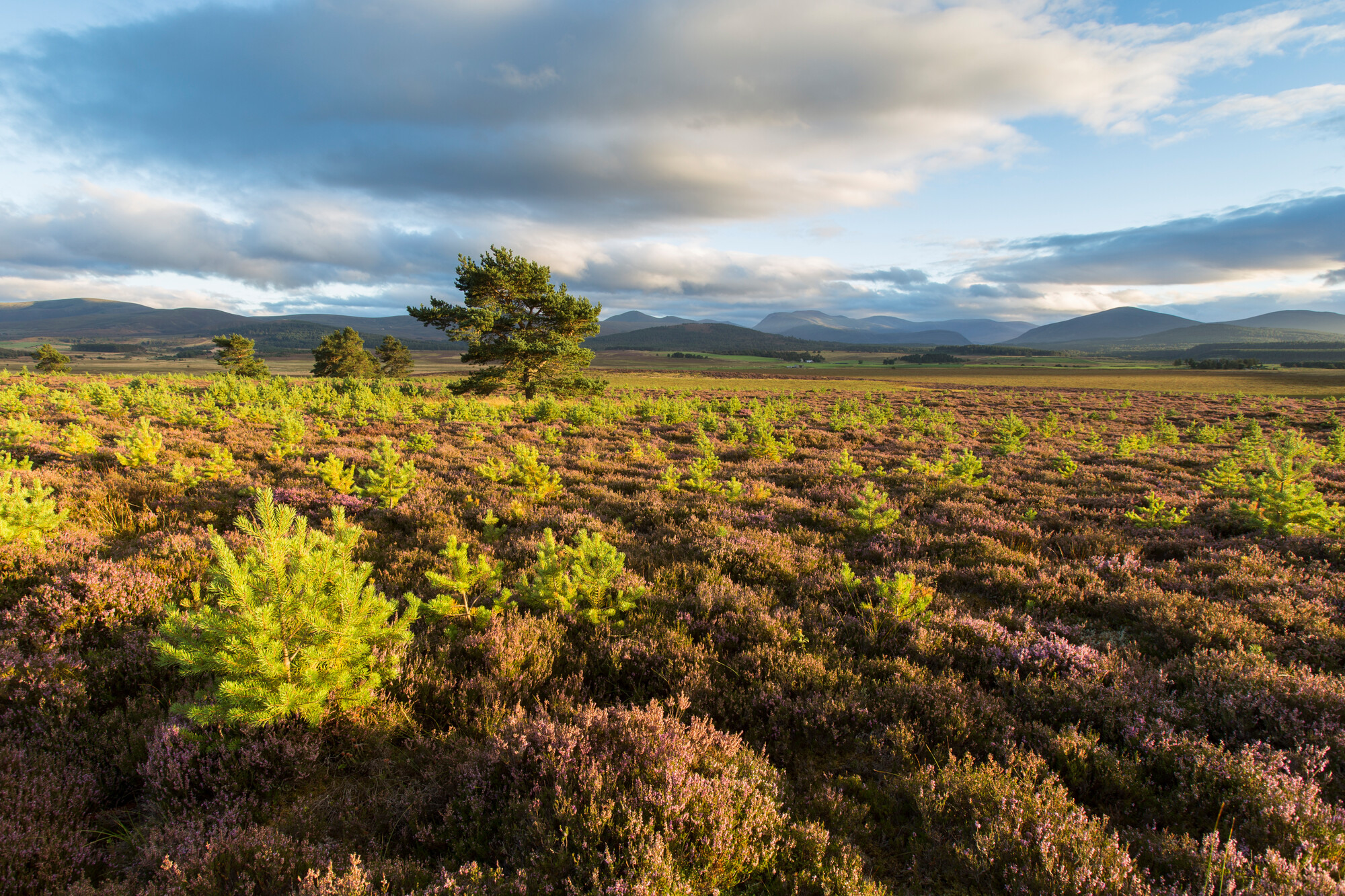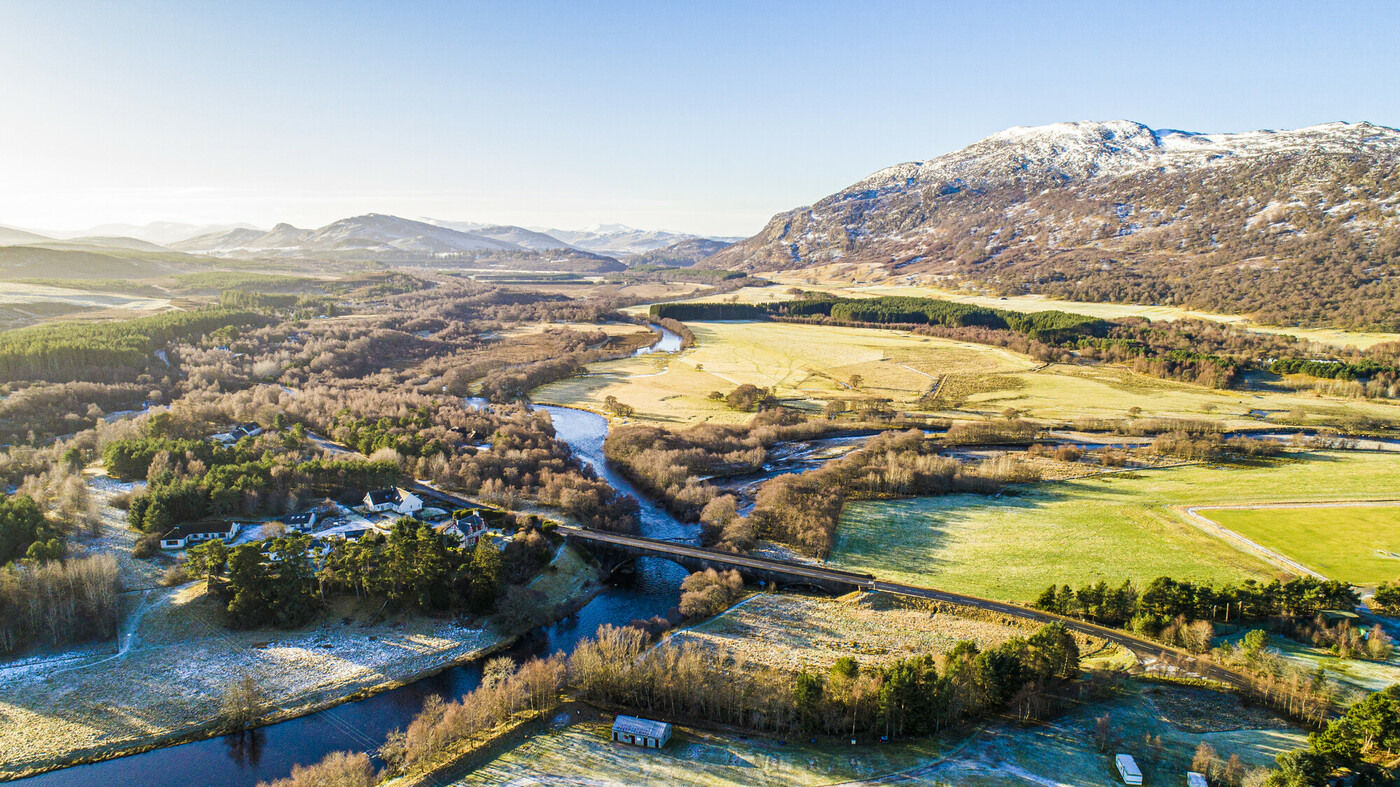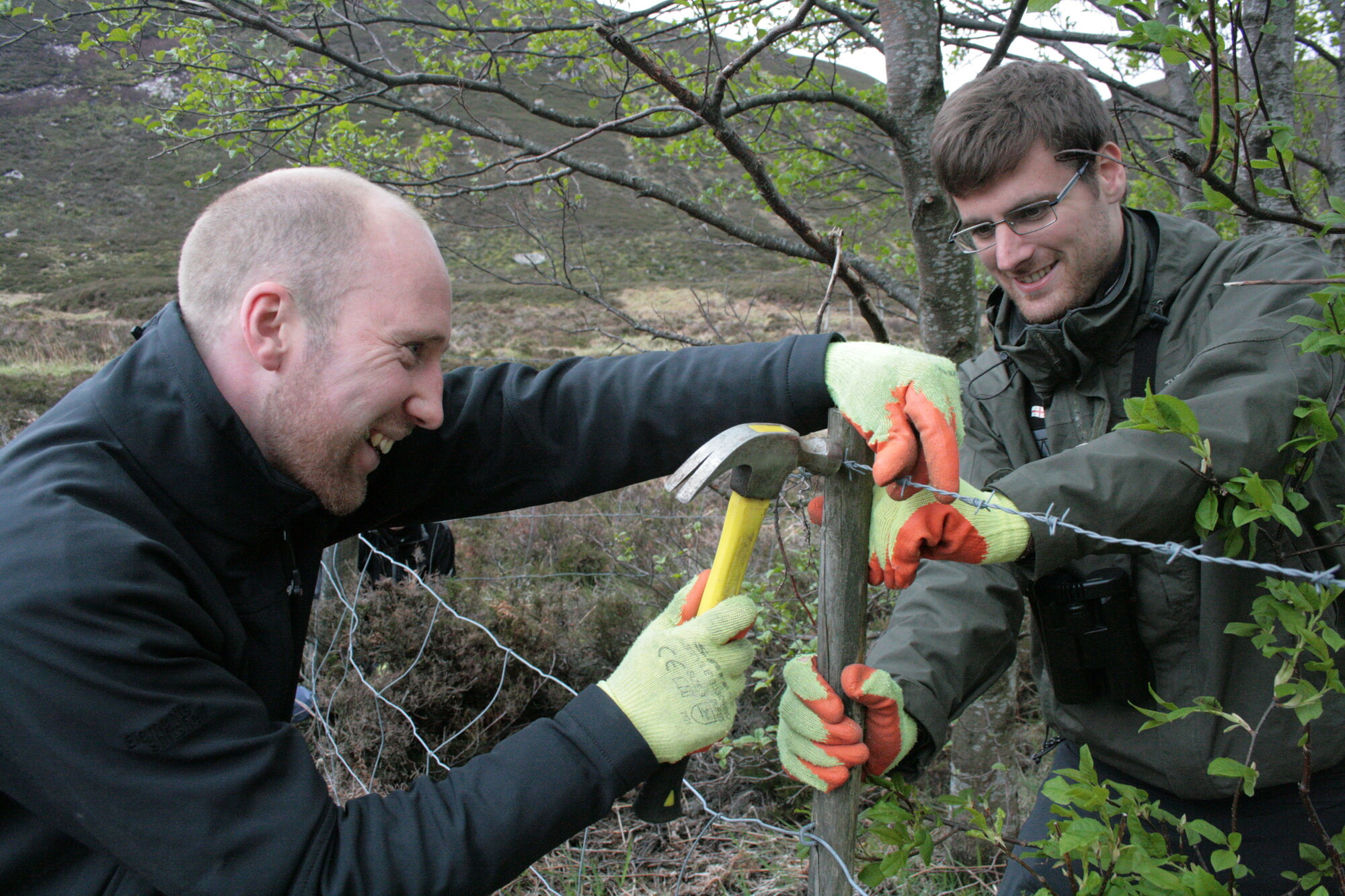River Dee project summary
| Date | 6th November 2023 | Issued version 1.0 |
|---|---|---|
| Author | Kate Comins, cbec eco-engineering UK Ltd | [Signature] |
| Reviewer | Alison Wilson, cbec eco-engineering UK Ltd | [Signature] |
| To | Cairngorms National Park Authority | |
| Project | Dee Valley Restoration | |
| Subject | Non Technical Project Summary |
Flood embankments, artificial drainage and bank protection on the River Dee, dating from the 18th and 19th century, have disconnected the river from its natural floodplain and impacted in-channel physical processes and wider floodplain habitat diversity. cbec was commissioned by the Cairngorms National Park Authority to produce detailed designs that would rejuvenate ~135 hectares of the Dee valley by restoring natural river processes, re-establishing the connection between the channel and floodplain and improving the quality of channel and floodplain habitat at the landscape scale. Designs have been developed considering existing habitat, land use/management, local heritage assets and infrastructure in order to achieve the maximum possible benefits for physical river characteristics, wildlife, biodiversity, flood risk and climate change resilience within the existing site constraints.
Following a comprehensive desk- and field-based assessment of the restoration site and the wider catchment, two design options were evaluated: partial embankment removal, and full embankment removal. Subsequent high-level computer modelling of the proposed options and stakeholder engagement helped to further refine the proposals.
The final design option includes removal of the majority of the embankment totalling ~2,200m (only short sections that are directly impacted by utilities are retained), removal of all hard bank protection along the left bank of the river, wetland creation, tree planting along the riverbank and floodplain areas and addition of large wood to improve habitat within the channel.
Analysis of the volumes of material to be excavated, was undertaken for the preferred option and estimated this to be 14,000m³. Discussions with a specialist contractor confirmed that it would not be economically viable, practical or sustainable to remove this volume of material from the site. It was agreed that, instead, this should remain on site, using the area of low ground immediately behind the embankment to dispose of some of the material as well as infilling other low-lying areas on the floodplain and creating areas of higher ground to improve habitat diversity.
Detailed computer modelling of the preferred design demonstrated that, for smaller more frequent flood events, the design significantly improves inundation of the floodplain near the Quoich Water and increases water depths in the northern floodplain channels and ditches, recharging wetland areas by retaining water post-flood in the wetland scrapes and ponds. The design also improves the connection between the river and floodplain for the less frequent and bigger flood events, although the differences between existing and design conditions are less pronounced for these bigger flood events. Potential risks to properties and access tracks resulting from the proposed design were considered as part of the modelling exercise. Allanmore is the only property shown to come close to the predicted flood extents (i.e. the area of ground flooded), other than farm buildings at Allanaquoich, which are all unaffected by the design. Flood outline mapping shows that under the proposed design, the Allanmore property remains just outside the flood extents at the biggest flood event modelled and that there is no significant difference to the accessibility of the track West of Allanmore as a result of the design for all flood events modelled.
The Flood Risk Assessment has demonstrated that the design will result in a general increase in maximum flood depths within the floodplain but no increase in flood extents. Additionally, the design is not predicted to have any impact on flooding downstream of the site, other than a potential slight reduction in flow energy for the smaller, more frequent floods.
The proposed design (i.e. removal of the majority of the embankment and all of the bank protection in place on the left bank of the river), offers a number of benefits. This includes improving the connection between the channel and floodplain, and natural movement of the channel, promoting the recovery of natural river processes and physical characteristics, while the inclusion of large wood and wetland and woodland habitat within the design is intended to provide wider benefits for habitat and climate change resilience. Whilst recognising site constraints and ensuring no increase in flood risk, the proposed design features are intended to promote landscape-scale rejuvenation of the Dee valley. Ultimately, this will increase the rivers capacity to support a healthy and diverse ecosystem including for key species such as Freshwater Pearl Mussels and Atlantic Salmon and for the designated habitats within the restoration site and surrounding area.




